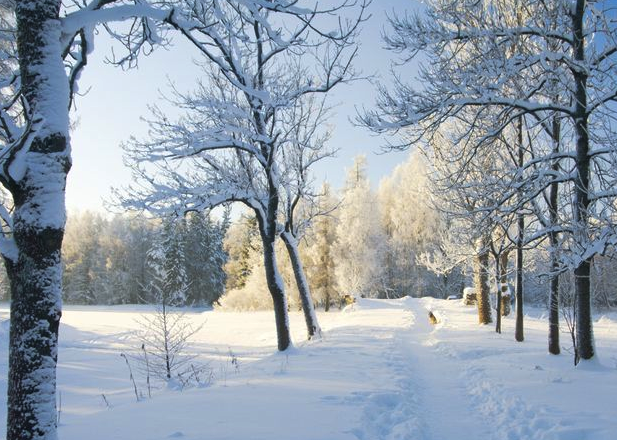If you are used to warmer weather and are relocating to the cold, you may have to budget to purchase some additional gear. In addition to these purchases, you will learn to modify your behavior. First, you want to start with doing some research. Find out the average temperatures in your new area. This is important because it will give you a temperature range to focus on when you buy clothing. Winter gear will have temperature ratings noted on the tags of the items, which will serve you well in helping you determine what will work best in your new climate conditions. You want to make sure that the temperature noted on the clothing fits within the average temperatures for the area. Of all the gear you purchase, you want to make sure you get a good coat, gloves and snow boots. If it seems overwhelming, ask someone, who is familiar with the area to help you.
After you kit yourself out in your new gear, you want to focus on your car. Keep in mind that depending on your new location, you will have to consider winterizing your vehicle. You will have to do it before the snow flies. Some auto shops will winterize your vehicle for you and if this is your first time experiencing the winter, you may want to seriously consider using a shop to do this for you. They will make sure your vehicle has the ample anti-freeze it needs and they will make sure that you have special window-wiper fluid that will not freeze in the cold temperatures like water will. Further, if you own a diesel vehicle, it is important to know that in some extreme cold temperatures, diesel fuel will gel, which will prevent the vehicle from going any where until it warms up enough to liquify again. There are block heaters that you can purchase to prevent this. However, before you even consider such a purchase, ask an auto shop if it is even necessary.
Over and beyond winterizing your vehicle you may have to consider your tires. Depending on the average snow fall, you will have to see if you need to change your tires to all weather or snow tires. In some cases, you may have to purchase chains. Check with your local auto service to see if they are necessary.
A four-wheel drive or all-wheel drive is not necessary in cold climates. However, it does make it easier to drive in the snow. Front-wheel drive will work well if you have the adequate tires to give you traction in the snow. Rear-wheel drive vehicles can pose a problem. Make sure to leave some kitty litter in your car to help give you traction in the snow. It will help you get out, if you are stuck.
Another tip if you are moving to colder climates is that you do not want to leave soda in your car for an extended period of time. It may explode and make a mess in your car. Further, make sure to dress appropriately in the cold. If you are not careful, you can suffer frost bite. Therefore, take the time to dress in layers to help you regulate your body temperature.
Moving to the cold will offer you the opportunity to enjoy a plethora of winter sports. So get the right gear, so you can enjoy the cold and what it has to offer.
Moving to a hot climate? Check out this post from Highland Moving.


















